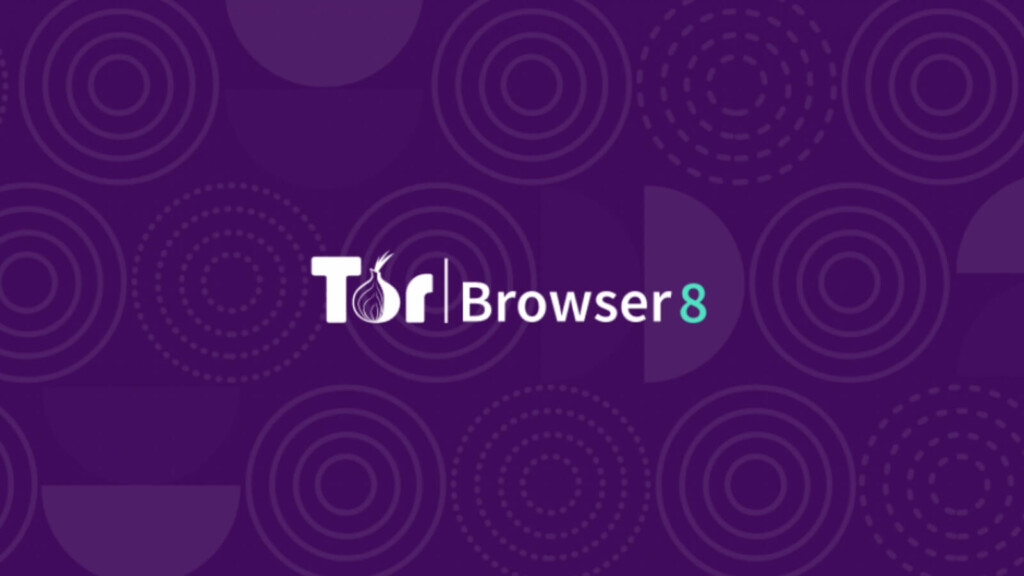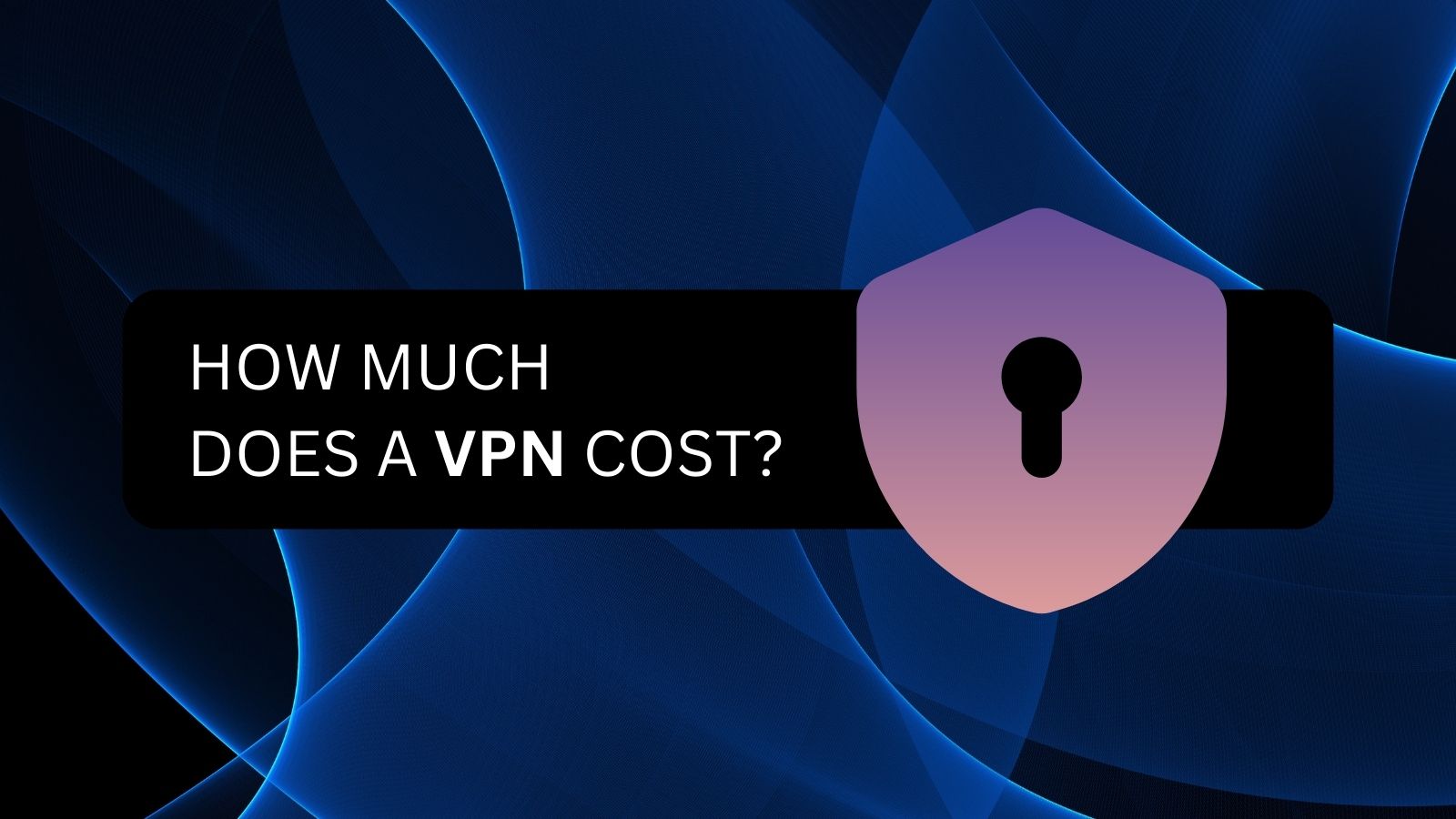
Tor and Tails: Two Essential Dark Web Tools
When it comes to keeping your identity and activities on the internet private, there are different levels of effort you can put in. For most people, most of the time, it’s enough to observe good basic internet security. That generally means making sure you’re using encryption properly and avoiding the seedier parts of the internet.
However, there are places on the internet that are pretty risky to visit. Places that can get your attention from the wrong sort of people on both sides of the law. The Dark Web, in particular, is a section of the internet you should never brave without having the right sort of tools to hide your activity.
To be clear, merely accessing the Dark Web is by no means illegal! However, plenty the places that you can visit on the Dark Web are on the wrong side of the law or in a grey area. On top of this, simply accessing the Dark Web may get you noticed by authorities. Even if you did nothing wrong.
Which is why there are two privacy tools that are pretty much essential for anyone who wants to access the Dark Web. The first one we’ll discuss is called Tor and this is what it’s all about.
Why Tor is Essential to the Dark Web
We’ve written about the Tor Project quite a lot on Technadu in the past, simply because it's such a fundamentally important part of anonymity and privacy on the internet. However, it’s almost entirely essential to accessing the Dark Web. Tor hidden services host most of Dark Web sites. Before we get ahead of ourselves, let’s talk about what Tor actually is. There are two main parts to the Tor puzzle - the Tor Browser and the Tor Network.
Tor is a Browser
The Tor browser is a piece of software that you download like any other. At its core, it’s Mozilla’s Firefox browser. However, it has been modified in such a way that all the privacy and security weaknesses that are present in most browsers are sealed off.
The Tor browser is portable software. This means that it is self-contained and doesn’t have to be installed in order to work. You don’t even have to copy it to the computer that you are going to use. Just run it from a flash drive which you can then take out again at the end of your session.
Every installation of Tor is identical and it should remain that way. Thanks to “browser fingerprinting” having a customized browser makes it easier to link a specific browser to you and your activities.
The way the Tor browser is set up, it will only route internet traffic through the Tor network (which we’ll get to next) with exactly the right network settings. Using the Tor browser isn’t the only way to access the Tor network, but it is the only way you absolutely know that it’s all be set up the right way.
The browser is also set up to do things like automatically delete your sessions information the moment you close it. Nothing is perfect when it comes to privacy, but Tor is as tight as it gets. It includes technologies such as NoScript and HTTPS-Everywhere by default. These are sort of measures that more people should take on their initiative, but with the Tor Browser, it’s all taken care of.
You can use the Tor browser to access both regular websites and .onion sites that are favored by most Dark Web sites. How? That’s where the Tor network comes in.
Tor is a Network
The Tor browser may be the face of Tor these days, but the true power of Tor lies in the Tor Network. You see, “Tor” is actually an acronym for “the onion router”. Onion routing refers to a special method of moving data packets across the internet in such a way that your anonymity is strongly protected.
The network itself consists of volunteers who offer their computers up as nodes on an encrypted peer-to-peer network. When a data packet leaves your computer, destined for a server, it takes a randomized path through that volunteer network. Each packet of data is wrapped up in multiple layers of encryption. Just like an onion, get it? With every step in the path, a layer is stripped away until the destination server received the packet with no extra encryption. This way no single node in the chain knows both the origin and destination of the packet.
The network was designed by the US military. Created to enable operatives out in faraway lands to communicate without being outed. Today it provides one of the last bastions of true anonymity on the internet. As such it has also become the backbone of the Dark Web and you can’t do without it if you want to access onion sites with proper security in place.
Tails is the True Home of Tor
What would happen if someone took a look at your computer and found out you have been using the Tor network? They might now know what you’ve been doing, but they could find traces on your computer that you have been using Tor. Which may be enough to make them dig deeper. There’s another problem as well. Someone could ID you from within the Dark Web by accessing your computer or determining unique aspects of the computer you are using to access the Dark Web via Tor.
These are but two reasons it’s not the best idea to use your normal, everyday computer to access the Dark Web. One possible solution is to use a “live OS”. This is an operating system that boots from a DVD or flash drive and lets you do stuff with the computer without touching its hard drive. When you switch the computer off that session shouldn’t leave a trace on the computer.
Most live operating systems are not specifically made for privacy, however. The exception is Tails, a special tool that every person who wants to access the Dark Web should know about.
Tails is an Acronym
Just like Tor, “Tails” is short for something. Specifically, it stands for The Amnesiac Incognito Live System”.
That immediately tells us quite a lot about what Tails is. It’s a live OS obviously, which means you boot it from a flash drive, circumventing your permanent operating system.
“Amnesiac” obviously means that it doesn’t remember anything about you. This is a very important feature, since operating systems, in general, keep all sorts of records about your activities. Modern OSes such as Windows 10 may even send those records back to the people who wrote the software! Tails forget everything you did by design.
It’s incognito because it also doesn’t let anything about your own identity slip out. The operating system only works through the Tor network.
Tails also don’t use the host computer’s hard drive. Tails cache everything in RAM. When the computer switches off, there is no evidence of Tails ever being there.
It also comes with cutting-edge file encryption technology. So any data you save, generate, use or delete through tails will never make it into the hands of those who don’t have your password.
Tails is Linux
Tails is based on Debian Linux, which means that it is free and Open Source software. This isn’t good news because you don’t have to pay anything. It’s good news because Open Source software is easy to audit for security. If a private company had made Tails, then there’s always a chance that a back door was built in. There’s a whole community of people out there who go through the code of software like this, to both checks for vulnerabilities and malicious code.
Essential But Insufficient
Although Tor and Tails are core tools for anyone who wants to visit and make use of the Dark Web, they aren’t enough by themselves. In combination, these tools provide strong technical security to any user, but there’s more to protecting yourself on the Dark Web than that.
You also need to practice good habits. Know what to look out for while wandering the dark corners of the web. It’s also important that you are circumspect about who you speak to on the Dark Web, what sort of information you volunteer and what exactly you try to do. There is no such thing as a foolproof system and if your idea is to hide illegal activities you might find yourself in real trouble!
What if you simply want to practice free speech and learn about things the surface web may deem taboo? Then Tor, Tails and your own common sense will go a long way to ensuring your safety. That being said, there’s a great Tails and Tor warning page that outlines the limitations and vulnerabilities of these tools. Make sure you’re familiar with them before setting sail for the Dark Web.
What tools do you use to access the dark web? How were Tor and Tails? Lastly, we’d like to ask you to share this article online. And don’t forget that you can follow TechNadu on Facebook and Twitter. Thanks!














